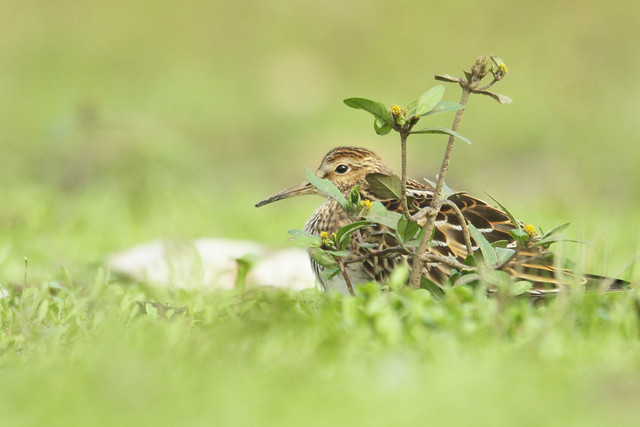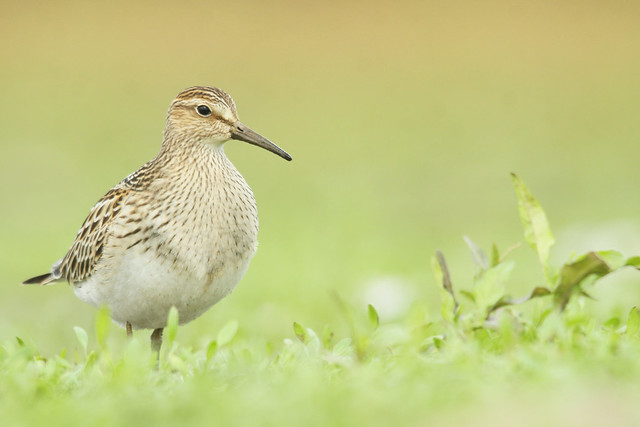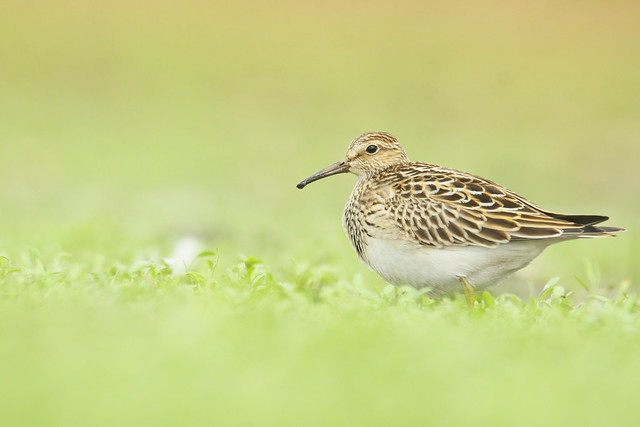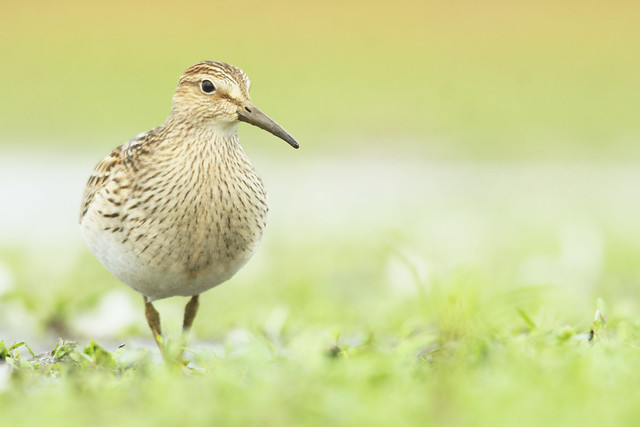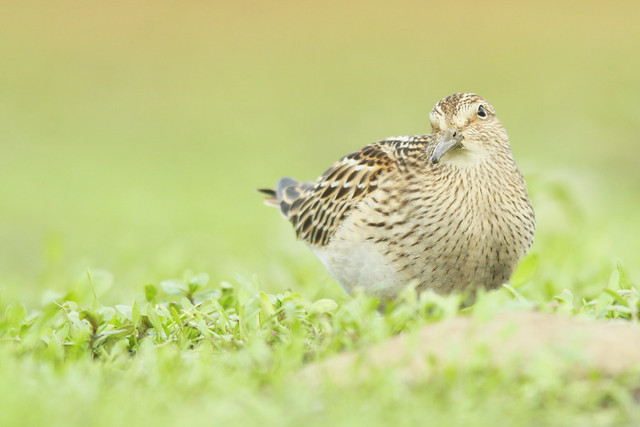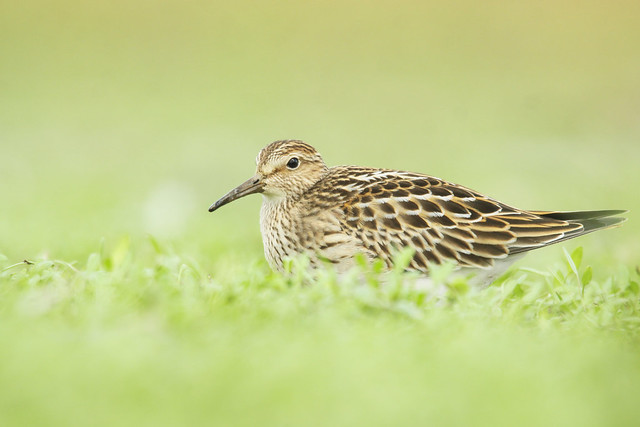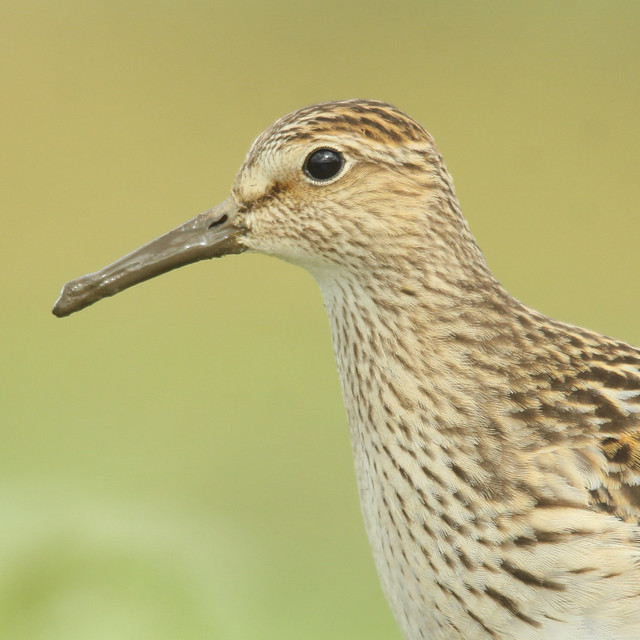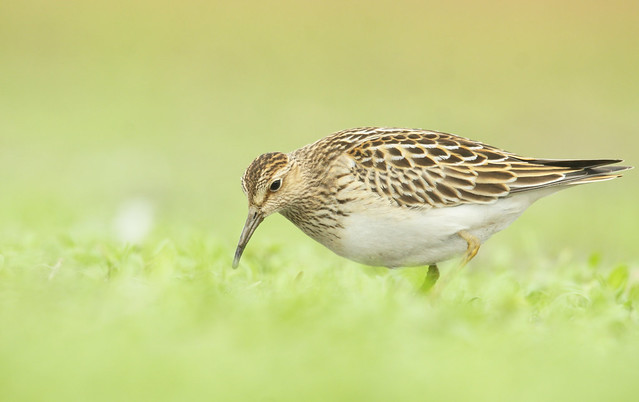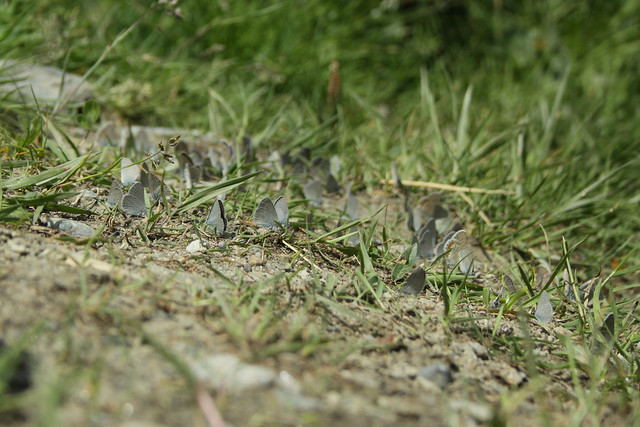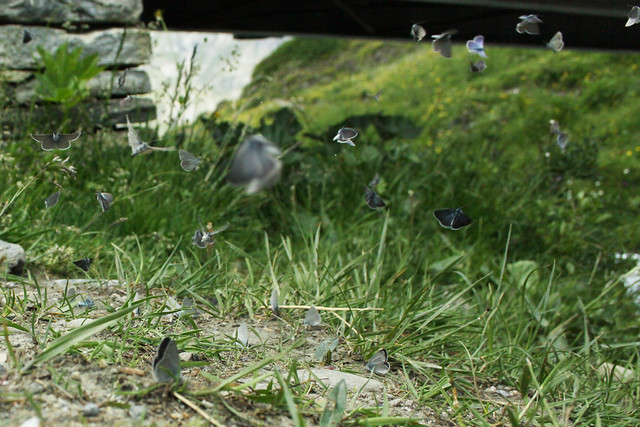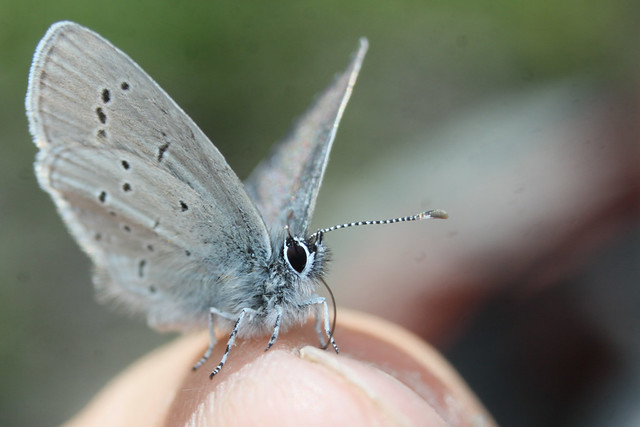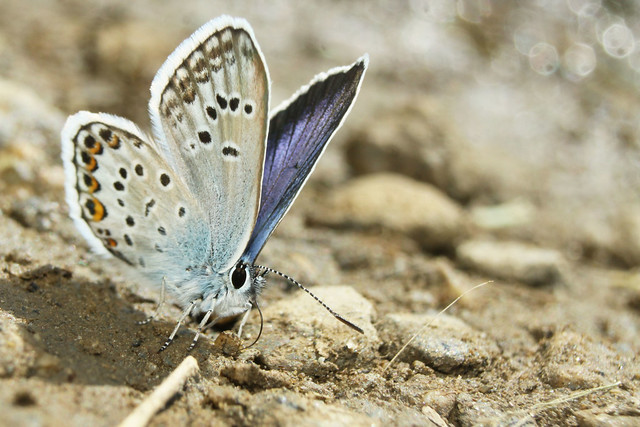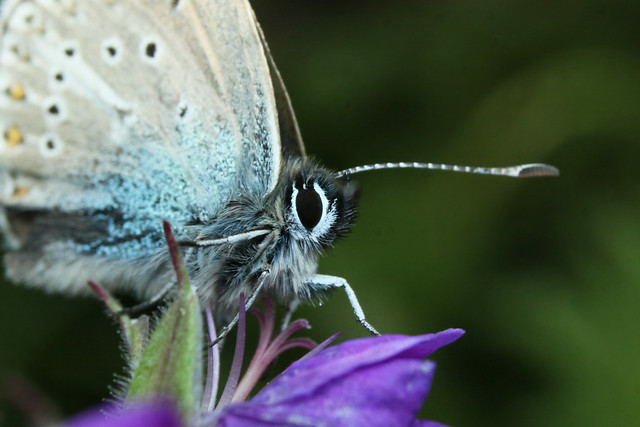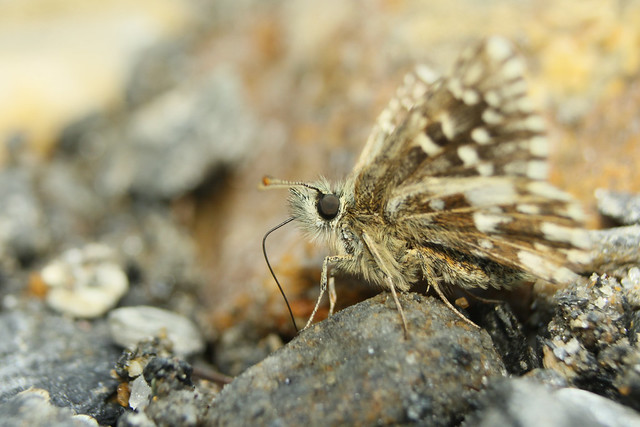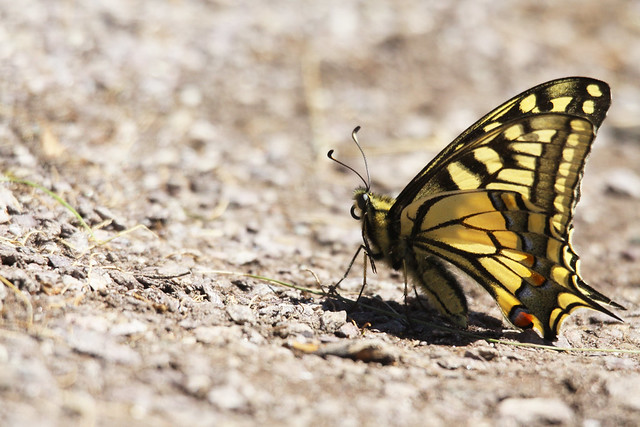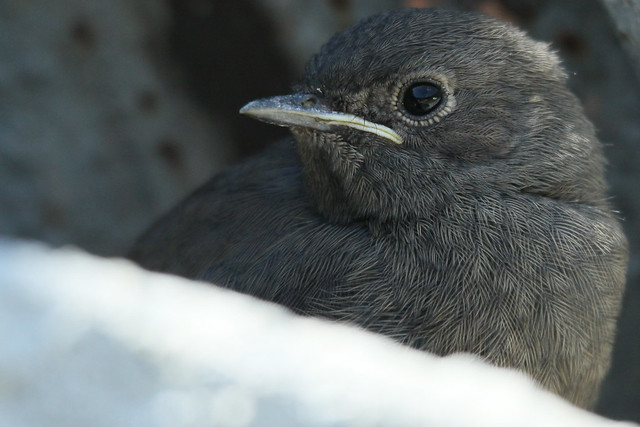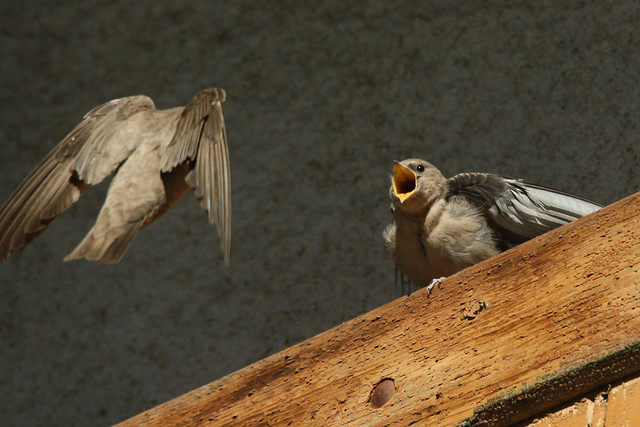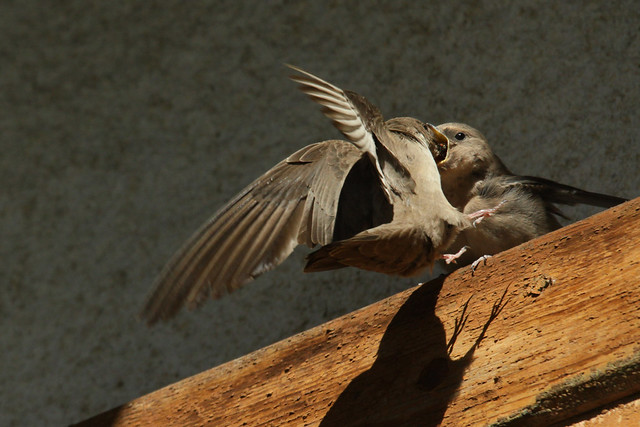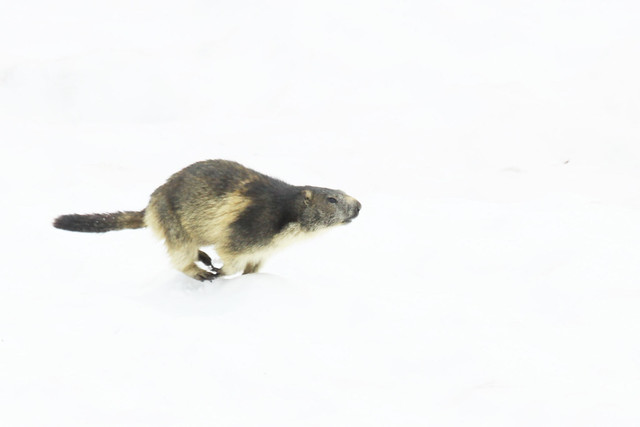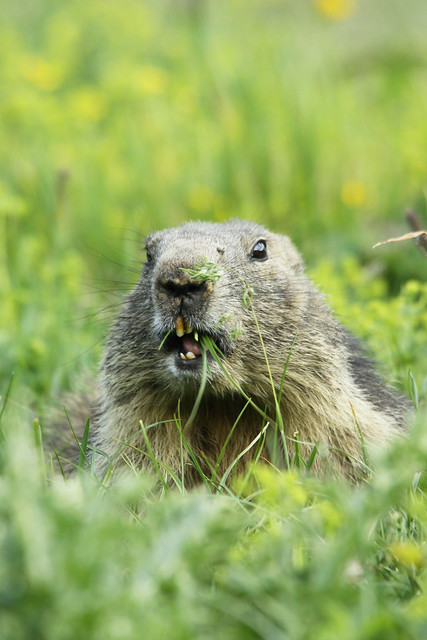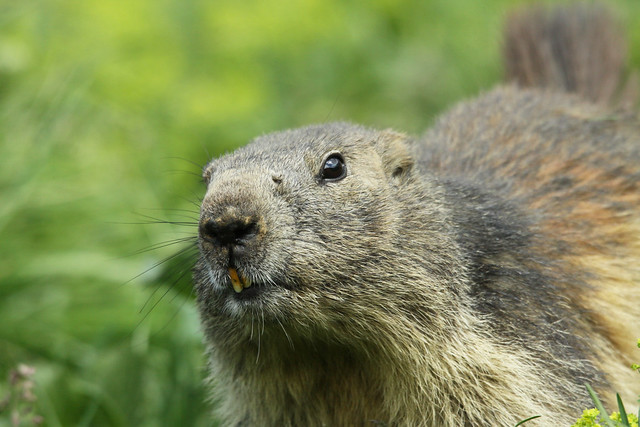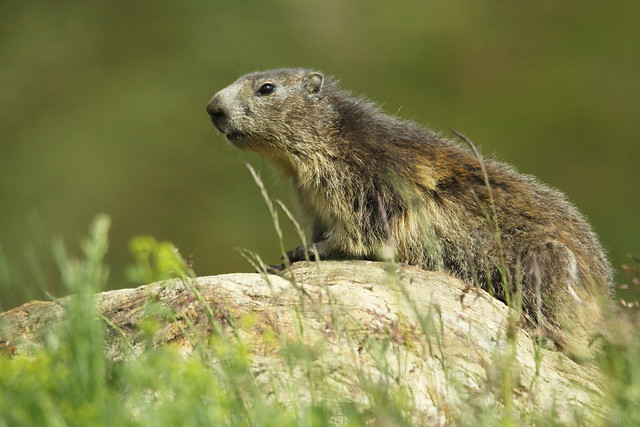So back to January. I had a busy January, a month of dissapointing precipitation punctuated by dissapointingly aversge AS exams and appropriately virolent norovirus. Still, every cloud an' all and there was more than a little hangover of last year's Waxwing hordes, all over Greater Manchester. It'd be rude not to, wouldn't it...?
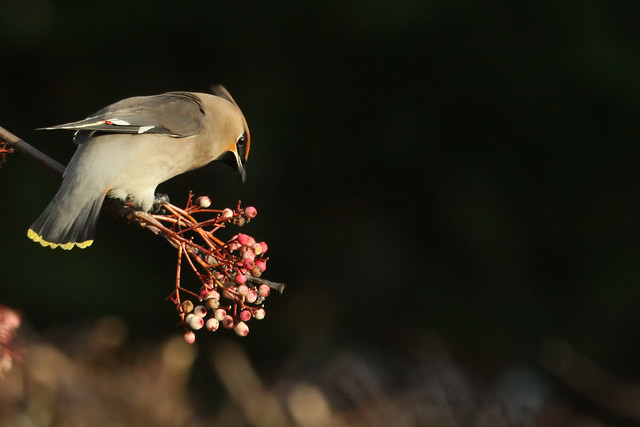
February dawned cold, as might be expected. It was for me a month of freedom, sufficiently far from the last exam season for me to feel like getting outside, but far enough from the next lot to get some serious birding trips in. Like to Llyn Padarn in Wales, for instance...
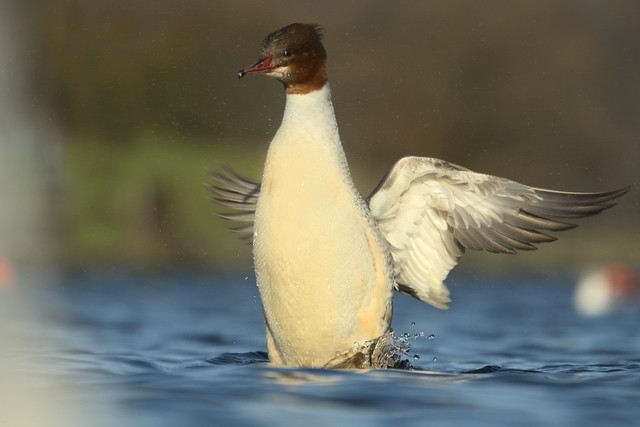
March came, as it always seems to, directly after February. And with March the undesirable hum of the revision machine whirred into life, so the garden was destination number one for my newest passion, the secret world of the Collembola...
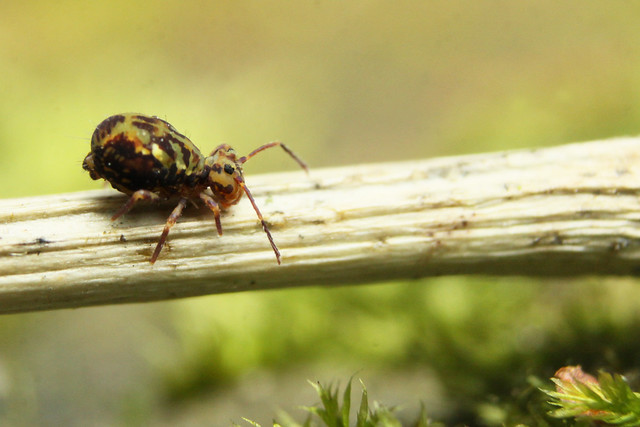
April decided the revision machine had cut in prematurely, so the focus was shifted to the Isle of Mull, and to the shores of Loch Na Keal. Birds, Beasts and the wonderful world of the celtic-punk band Flogging Molly ensued, along with the first real coup for my new self-assembly hide with this Yellowhammer...

May was a month of depressing dullness it's barely worth a mention, but mention it we must (otherwise it'd ruin the chronology of what is in fact a very decent post). But there aren't any photos from May so let's move onto June and have two from there, first off these fantastic Great Crested Grebes, illuminated by the dawn light reflecting the colours of the M60 into the water...

...and of course this stunning Bonxie from Handa, an important breeding site for these mental birds...

But soon as June was done with July was rather inconsiderately knocking at the door. And so it was I missed a music festival to go to summer school (it's honestly not as boing as it sounds!) and then went to Wales to be eaten alive by insects. Then we went on holiday to France, where I learnt that even in foreign countries people don't understand the need to get low for that all important shot...
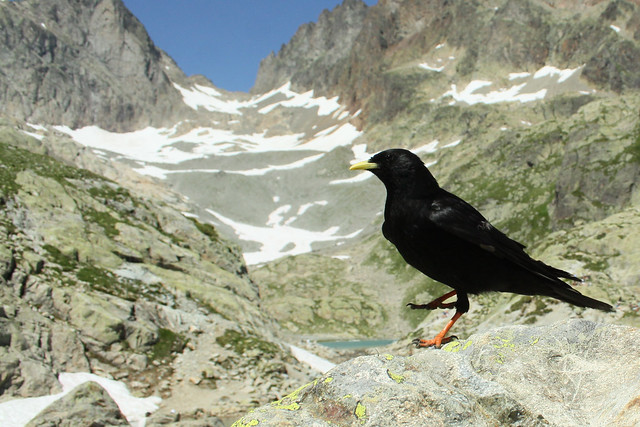
So with July cleared away it became August (surprisingly) and a short stay down south in Cornwall ensued. No shots of note from there, but even at this 'dead period' my spiritual home of Hilbre Island turned up the goods in the form of a few resting Dunlin...

...And so September was here! Back to school, the grindstone and the perpetual moaning about how little photography was being done. But to be honest Pectoral Sandpiper in Bolton was my month's highlight so I can hardly bemoan it, can I...?

...And just 30 days after it began September had ended. Scandalous. Still, October valliantly stepped up to take it's place, and when the smoke had cleared it was apparent this was going to be the migrant season of a lifetime. Not that i'd take full advantage of it, though Lesser Scaup and Glossy Ibis were pretty memorable...
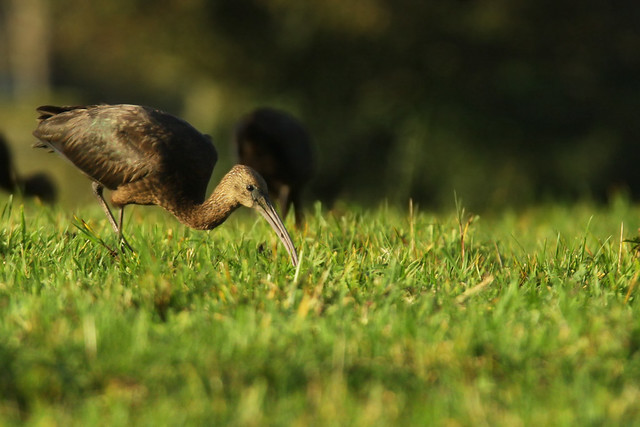
...November came and with it talk of such bullshit as UCAS, offers, interviews and other such unmentionables. Though a trip to London gave some interest. So not many photos to speak of, although a colour ringed Black Headed Gull provided some interest...

...and here we are. Back again. I spent a slightly mental first half the month doing interviews, spent an altogether happier second half back out in the field. Most exciting find was a Bank Vole, which (hopefully!) promises photo opps into the future...

...so I guess this is the end really. Thatcher gone, Mandela gone, me 17, applications sent to university, saw Frank Turner live in Manchester...it's been quite a year; 2013, it's been nice knowing ya. Good luck and happy hunting to everyone in the new year, and let's hope Liverpool can keep up what has been thus far the best season of my sentient existence!
See you on the other side!
Joe

